Physio
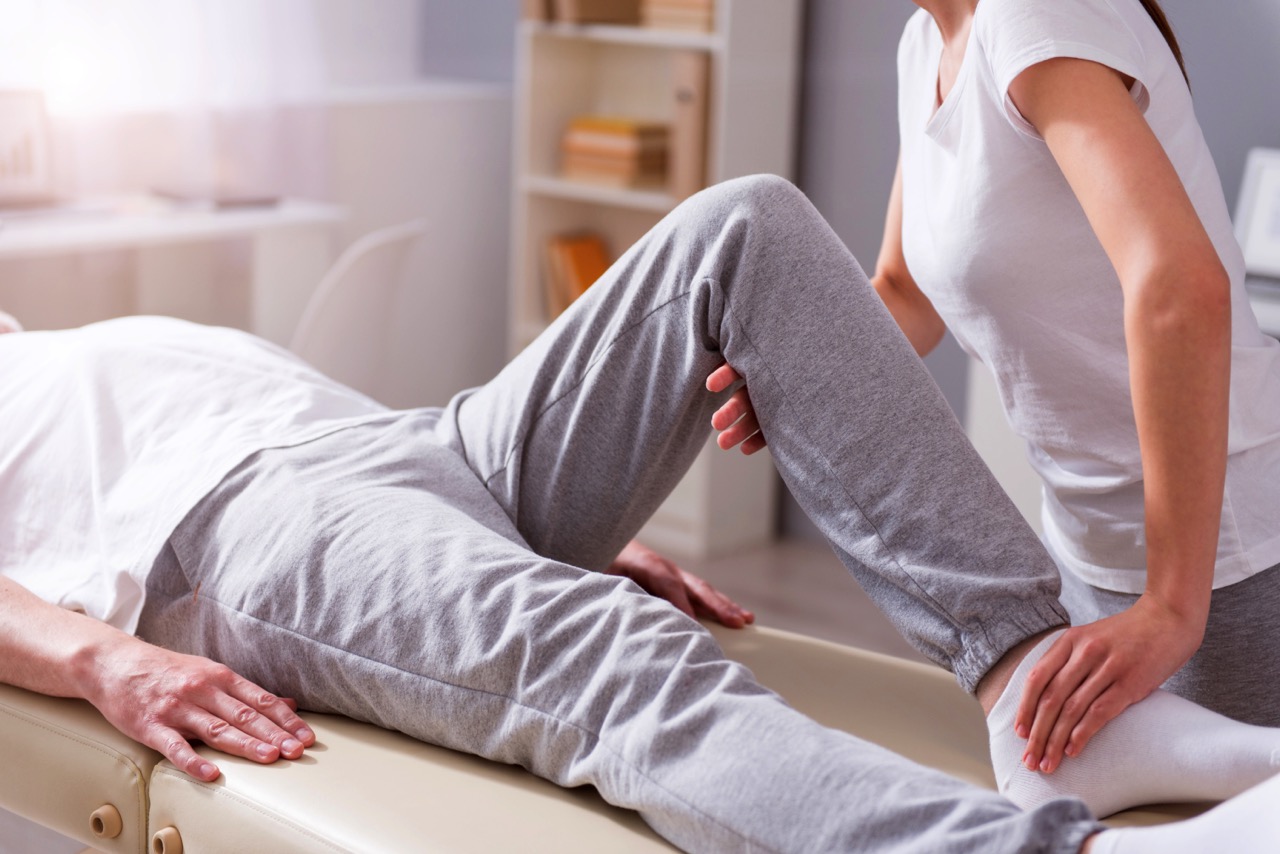
Physio Services
At Woodley St Clinic we can help you and your needs with our variety of physio treatments and services:
- Back & Neck pain
- Knee pain/dysfunction | Shoulder pain/dysfunction
- Sports injuries | Postural problems
- Stiffness and tightness | Improving range of movement
- Everyday aches, pains and niggles | Work related injuries
- Repetitive strain injuries | Tendon problems
- Joint aches and pains | Soft tissue sprains and strains
- Hip and knee pain | Sciatica
- Arthritis Pain | Orthopaedic and spinal conditions
- Rehab after joint replacements and surgery
- Prehab before surgery and joint replacements
- Headaches
- Strengthening | Bespoke exercise programming
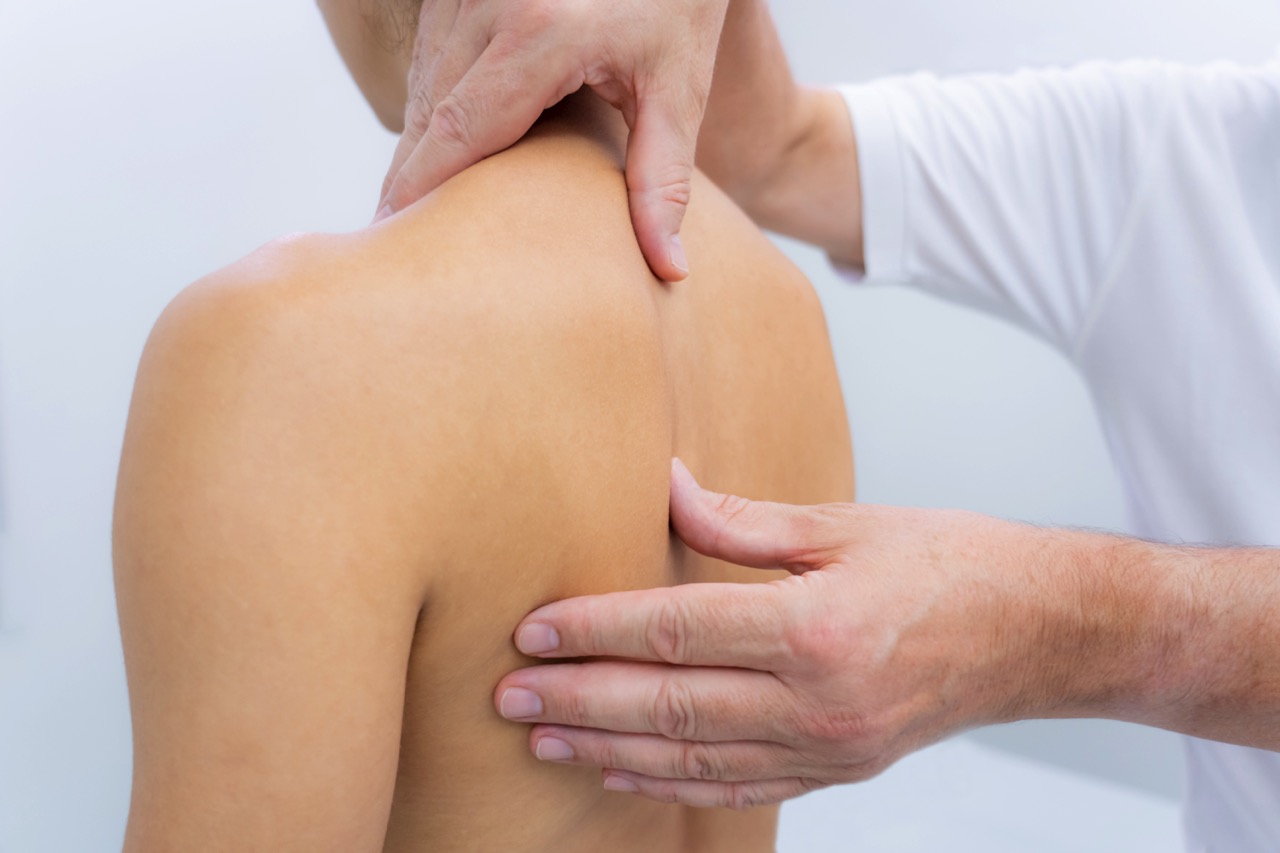
Manual Therapy
At Woodley St Clinic we use a manual therapy technique called Myofascial release (MFR) therapy. This focuses on releasing muscular shortness and tightness. There are several conditions and symptoms that myofascial release therapy addresses.
What do we use myofascial release therapy for?
Conditions treated by myofascial release therapy include Temporo-Mandibular Joint (TMJ) disorder, carpal tunnel syndrome, or possibly fibromyalgia or migraine headaches.
At Woodley St Clinic we use myofascial release for patients with the following symptoms:
- Lose of flexibility or function following an injury.
- Ongoing back, shoulder, hip, or virtually pain in any area containing soft tissue.
- Tightness of the tissues that restricts motion or pulls the body out of alignment, causing individuals to favour and overuse one hip or shoulder.
- A sense of excessive pressure on muscles or joints that produces pain.
- Pain in any part or parts of the body, including headache or back pain.
How can myofascial release help me?
- Reduced Pain: Myofascial pain can be caused by myofascial trigger points. Trigger points are hyperirritable points located in soft tissues. Myofascial pain causes discomfort and affects range of movement in the muscles. Myofascial release helps decrease pain by releasing trigger points that loosens restrictions and improves circulation.
- Decreased Tension: Tension in the tissue becomes a restrictive barrier and can cause tightness and pain. Direct myofascial release helps relieve obstructions and adhesions.
- Increased Movement: Following injury, fascia tissue and muscles may shorten and begin to restrict joint movement and blood flow. The techniques used in myofascial release break down fascial adhesions and relax muscle tension helping to regain range of movement around a joint.
How does myofascial release work?
Myofascial release is a soft tissue massage treatment to help increase myofascial mobility and reduce pain within the musculoskeletal system. Myofascial is connective tissue that is situated under the skin and surrounds muscle, bone, ligaments, and tendons. Soft tissues in the body can become restricted due to injury, overuse, inactivity and result in pain, tension, and reduced blood flow. Myofascial release is a slow, effective technique to relief symptoms of fascia restrictions.
Our Physiotherapist receives regular training to keep them up to date whilst the latest clinical research and treatment techniques. With this detailed knowledge and years of practical experience in treating patients our therapists routinely explain conditions in easily accessible terms.
They can also answer your questions on or around the topic of your condition, along with relating practical advice and tips that have worked for other clients.
Joint Mobilisation and Manipulation
A ‘mobilisation’ involves repetitive and gentle motion.
A ‘manipulation’ is a single application of a short and fast pressure upon the joint at the end of its available range.
Both techniques are safe and any discomfort or soreness after treatment should last no longer than a couple of days. Physiotherapists perform mobilisation and manipulation by using their hands to apply a controlled force to a joint of the spine or limbs, often moving it beyond its passive range of motion with the aim of increasing local blood and lymphatic circulation, increasing tolerance to stretch, and improving physical functioning.
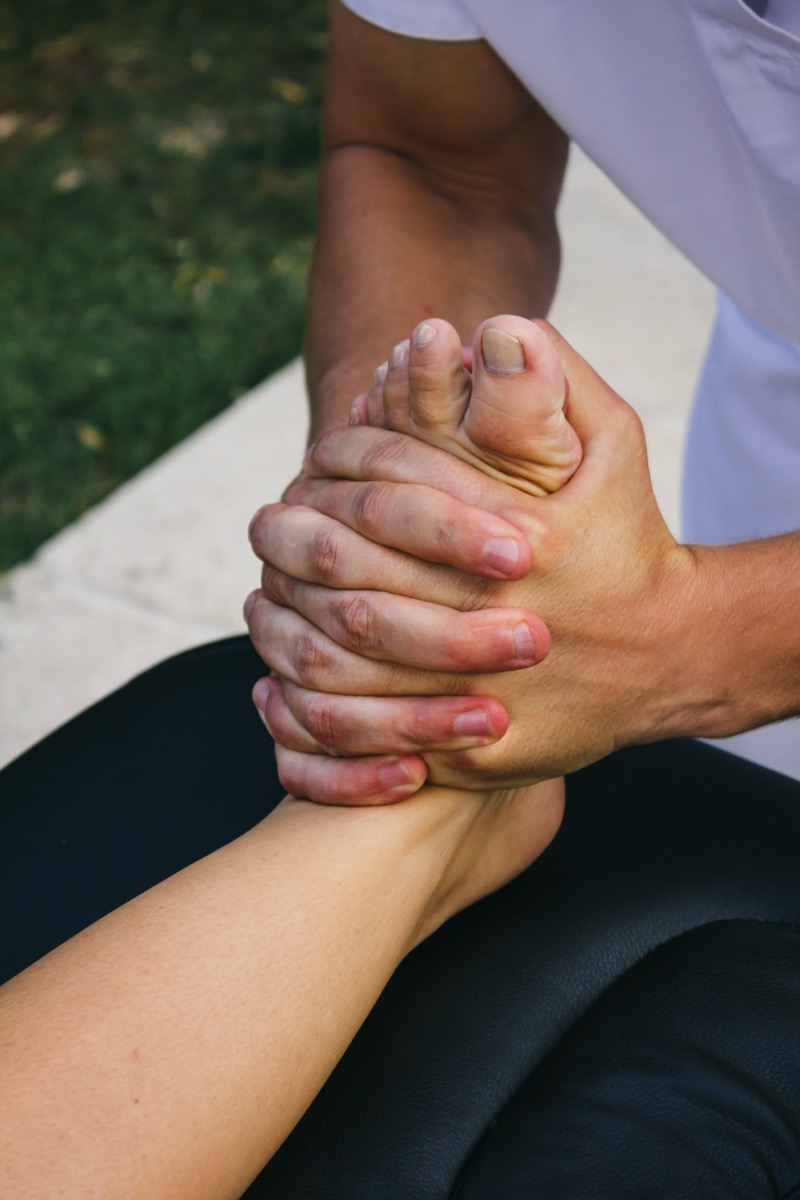
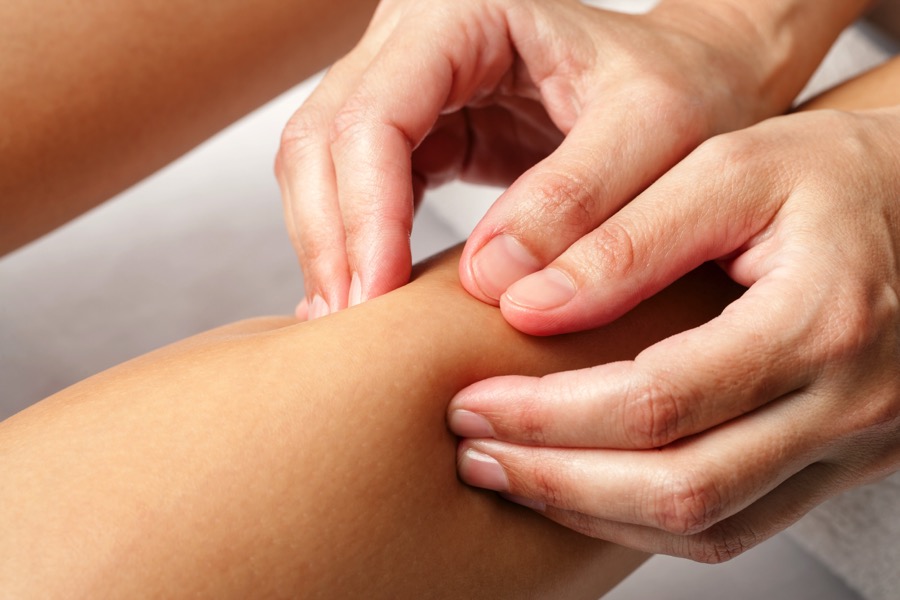
Massage
Massage is a treatment used by physiotherapists to stimulate the soft tissues in your body (muscles, ligaments, tendons) in order to relieve pain, improve circulation and relax you.
What do we use massage for?
At Woodley St Clinic we use massage for many injuries and conditions including:
- Tension from headaches and migraines
- Pain from muscular injuries such as low back pain
- Stress and anxiety related problems
- Tendon injuries e.g., tennis and golfers’ elbow, achilles tendonitis
- Reduced range of movement of your joints
- Swelling in the lymphatic system after a mastectomy
- Muscle spasm
- Sleep problems
How can massage help me?
- Increasing the blood flow to the muscles and removing waste products from the area which may be causing pain, swelling, and restricting movement.
- Stretching any tight muscles.
- Relieving tension and that could be causing headaches or migraines.
- Draining fluid from the lymphatic system and encouraging the flow of blood back to the heart (Increased Healing).
- Providing an overall calming and relaxing experience by releasing endorphins.
- Breaking down adhesions and scar tissue from an injury.
- Improved recovery paired with reduced Delayed Onset Muscle Soreness (DOMS).
- Improving the tone of your muscles and therefore reducing the likelihood of injury (maintains healthy muscles).
How does massage work?
There are a number of different techniques that our Senior Physiotherapist may use depending on your symptoms:
- Stroking: Using gentle touch and can be used at the start or the end of your massage to soften the tissues, increase blood flow to the muscles and provide a general calming feeling.
- Deep tissue massage: This can reach and loosen very deep muscles that may be stiff from an injury or poor posture. Deep massage increases the delivery of blood flow to these muscles and will remove any toxins that may have built up.
- Kneading: This uses circular techniques in smaller areas and can help to break up any scar tissue and stretch tight muscles to increasing their range of movement.
- Frictions: These are smaller deep movements of the thumbs or fingers that aims to break down scar tissue and improve circulations of the area. Frictions are commonly used for sporting injuries and help to reduce pain and encourage the healing process.
Bespoke Exercise routines specific to your ailment
Instrument Assisted Soft Tissue Techniques/Mobilisation (IASTM)
Instrument Assisted Soft Tissue Mobilisation (IASTM) is a manual therapy technique performed with the assistance of handcrafted instruments. It is a relatively new treatment method that is growing in popularity and allows patients to achieve effective results in a short space of time.
The instruments used by therapists are manufactured from stainless steel and are accurately designed to fit the natural contours of the body.
IASTM is a non-invasive method of treatment and is performed by specially trained therapists to provide specific release to soft tissue structures.
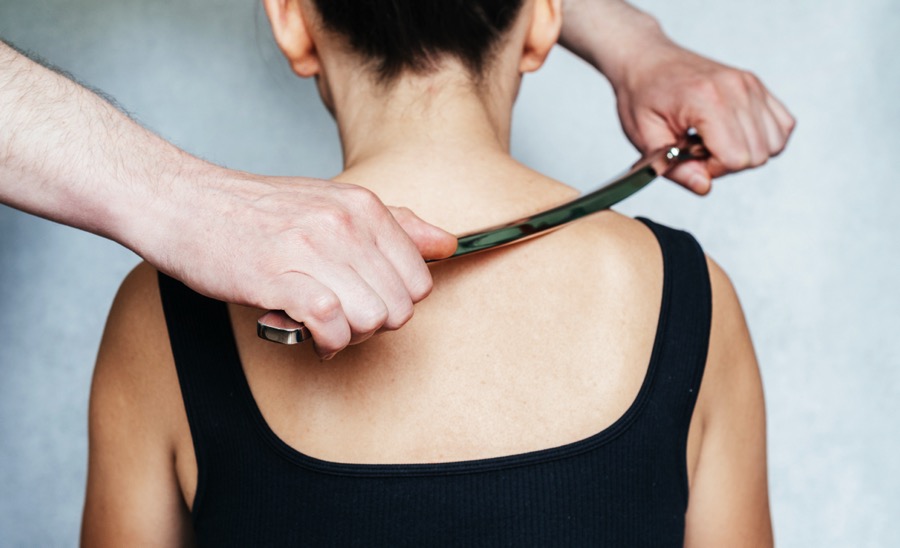
What do we use IASTM for?
At Woodley St Clinic we use IASTM for many injuries and conditions including:
- Lower back pain
- Plantar fasciitis
- Scar tissue injuries
- Muscle strains
- Shin splints
- Trigger finger
- Neck pain
- Shoulder injuries
How can IASTM help me?
- Relieving pain
- Reducing muscle tension
- Reducing scar tissue adhesions
- Restoring range of movement
- Encouraging tissue healing
- Promote return to activities
How does IASTM work?
After a thorough assessment regarding the nature and cause of any symptoms, the therapist will begin to treat the area by performing specific light strokes with the chosen instrument in order to provide release to the structure.
The direction of movement and amount of pressure applied will be dependent upon the type of structure that is being treated and the specific intention of the treatment being provided.
Patients undergoing IASTM treatment often report a ‘soothing’ experience, that can result in swift pain relief and improvement in movement at the region.
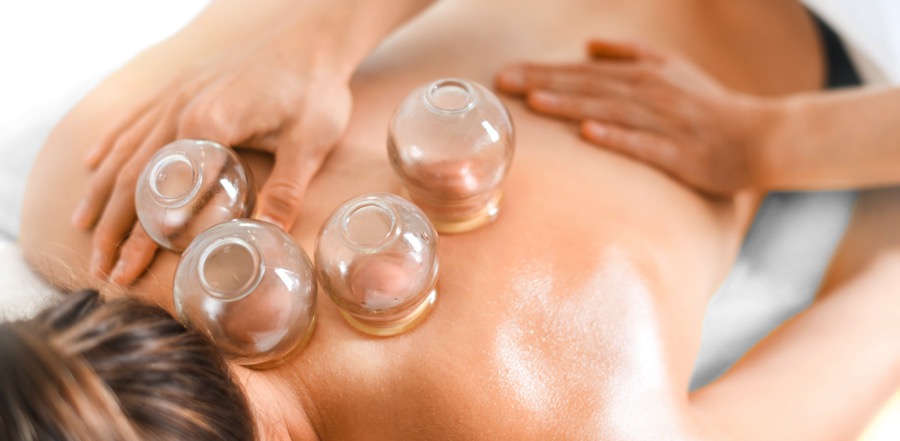
Cupping
Cupping is a vacuum type massage technique performed with handheld cups. Cupping is beneficial as it relieves tightness without the need of large pressure being applied and helps to remove waste products from the tissues and muscles.
What do we use cupping for?
At Woodley St Clinic we use cupping for many injuries and conditions including:
- Tight muscles
- High muscle tone
- Tensions and pain
How can cupping help me?
- Cupping is often used after any form of exercise. During exercise, acids and waste products such as lactic acid are built up. A build-up of waste products can contribute to muscle soreness and tightness.
- Cupping can also be used as a treatment to relive tension and decrease pain in muscles from clients with non sporting related issues.
How does cupping work?
By placing suction cups on the body it creates a partial vacuum to reduce tension on the skin and tissues underneath. By creating suction and vacuum pressure, it can soften tight muscles and tone, loosen adhesions, and lift up restrictive connective tissues.
The specific technique brings hydration and blood flow to the body’s tissues. It can be used to move deep inflammation to the skin surface for release and drain excess fluid and toxins by opening lymphatic pathways. Cupping can be used over any region of the body as long as there is a seal between the skin and cup, therefore cupping is more suited to larger areas of muscles.
Acupuncture/Dry Needling
Acupuncture forms part of the NICE guidelines for treating migraines and tension type headaches. Sessions may be used in combination with other more traditional physiotherapy techniques to create a holistic programme tailored to each patient’s needs and requirements.
Acupuncture is used to help treat various health conditions including:
- Pain management: acute and chronic
- Spinal: headaches, Cervical Spine, Lumbar and Thoracic, Sports Injuries, MSK
- Facial: tempora-mandibular joint (TMJ) pain, Bell’s Palsy
- Upper limbs: shoulder conditions e.g., frozen shoulder, tennis elbow
- Lower limb: knees, foot, ankle and hips e.g., osteoarthritic knees, ITB syndrome etc
- Neurology: MS, stroke, Parkinson’s Disease, peripheral neuropathy etc
- Respiratory: Chronic obstructive pulmonary disease (COPD), intensive care- acupuncture as adjunct to analgesia, insomnia, prevention of malnutrition and sedation
- Women’s Health: fertility, PMS, pregnancy back pain (if done by a trained acupuncturist)
- Mental health: depression, anxiety, PTSD, schizophrenia
- Well-being: Insomnia, Obesity, IBS
- Cancer care: chemotherapy-related side effects e.g., pain, nausea, fatigue; xerostomia and hot flushes
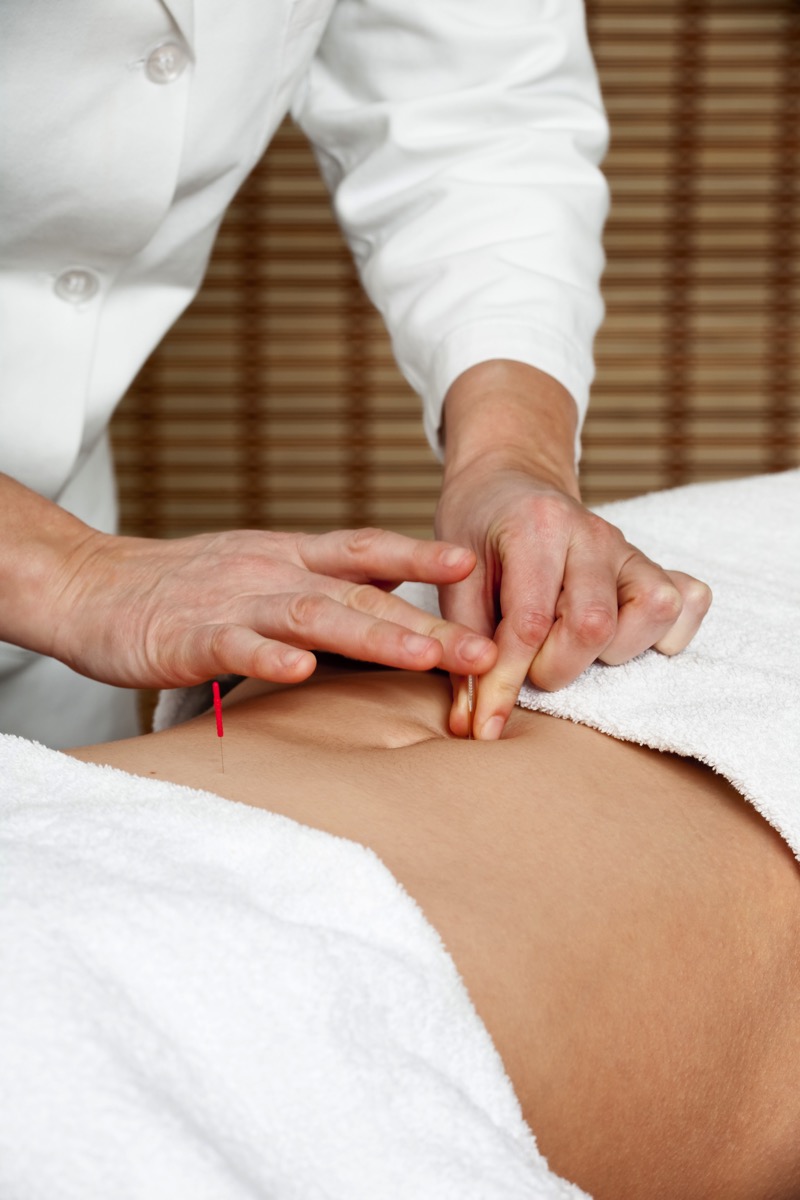
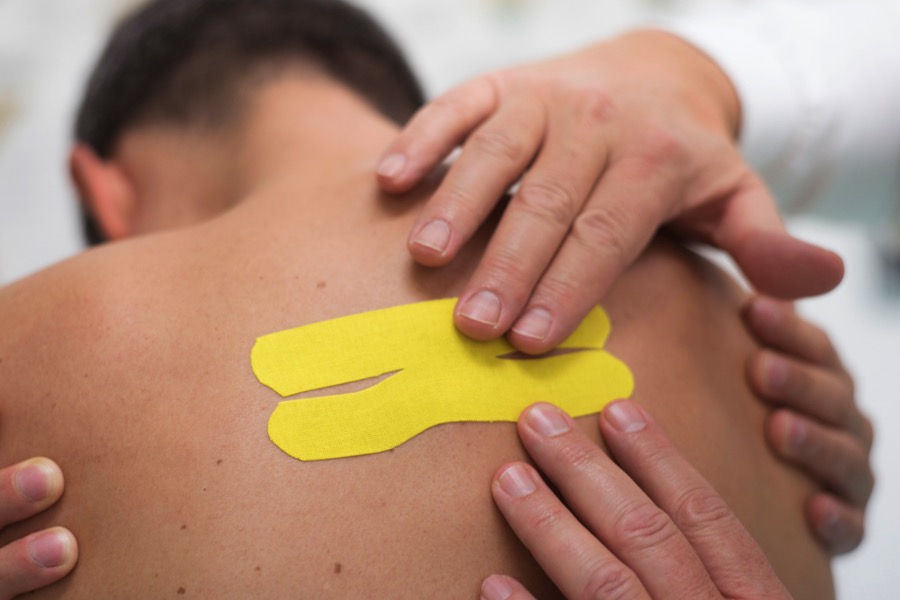
Taping
Taping or strapping is a technique used by physiotherapists for injury prevention or rehabilitation.
What do we use taping for?
At Woodley St Clinic we use taping for many injuries and conditions including:
- Shoulder injuries
- Ankle sprains
- Knee pain
- Heel pain (plantar fasciitis)
- Tendonitis e.g. tennis elbow
- Muscle strains e.g. hamstrings, groin, quadriceps
How can taping help me?
- Helps to reduce pain by stimulating movement detectors in the nerve (mechanoreceptors) which stop messages passing via pain receptors (nociceptors).
- Restrict movements that may cause further damage to an existing injury.
- Facilitate the normal healing process of soft tissues.
- Support and protect the muscles surrounding an injured joint.
- Remove the pressure from an injury.
- Helps to reduce swelling.
- Provide feedback to the area to correct any abnormal movements.
- Provide proprioception (awareness of joints position) to reduce the risk of injury.
- Improve the coordination of a joint that may be reduced by injury.
How does taping work?
Taping is a common treatment used to prevent, heal, support and support injuries. Our physios are fully trained in how to apply effective taping depending on your goals of treatment. They will also teach you how to apply the tape yourself so you can continue to experience the benefit.
Education and Advice
Every client benefits from a greater understanding or their condition, from understanding how treatment will aid their recovery to understanding how to avoid re-injury in the future. People with long term or chronic conditions often benefit the most from education about their conditions. Leading to better management of their symptoms, avoiding aggravating factors and dealing with acute flair ups.
Understanding your condition is important as it will leave you more positive and confident about your path to recovery. You will be better equipped to limit risk factors whilst maximising the benefits of the therapy you receive. On a practical level you be able to plan and limit the effect the rehabilitation process has on your lifestyle. In this way many clients go on to become experts on their respective conditions.
